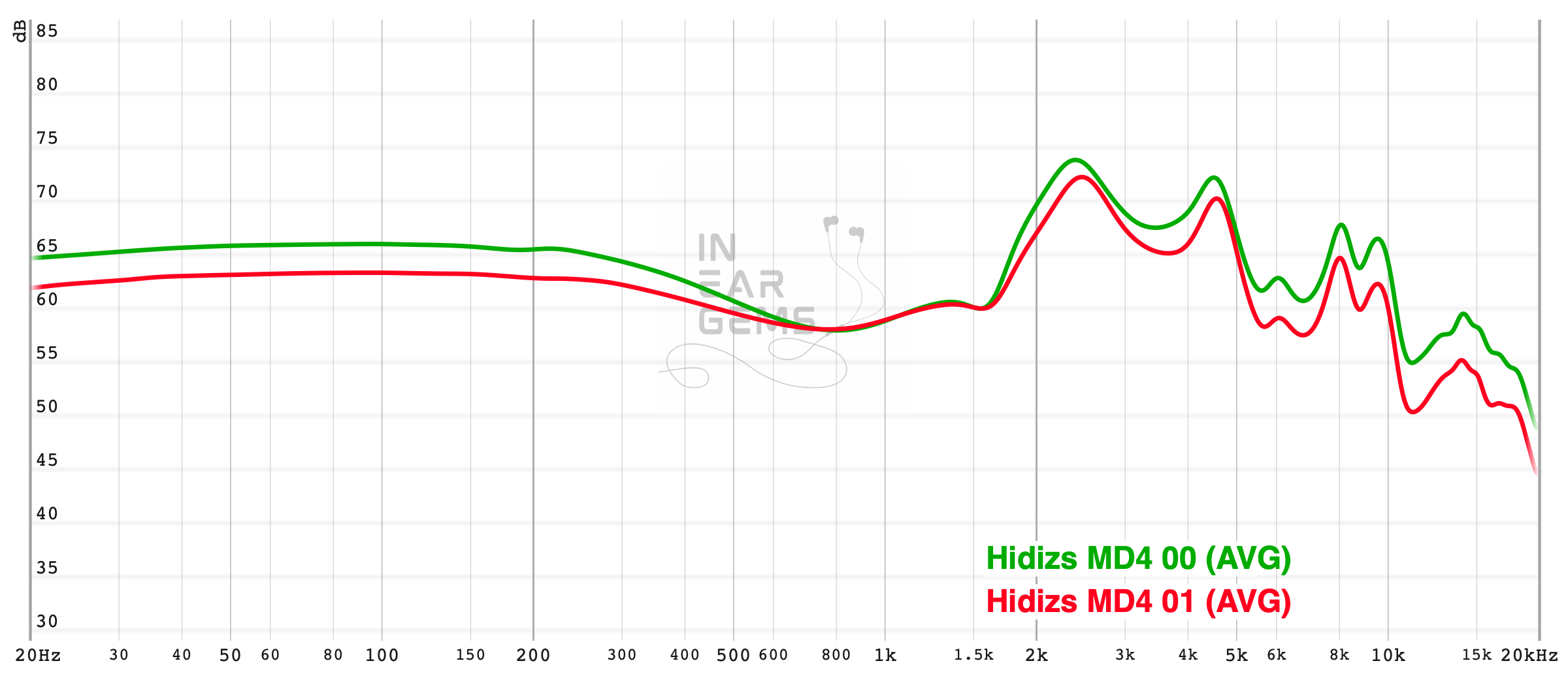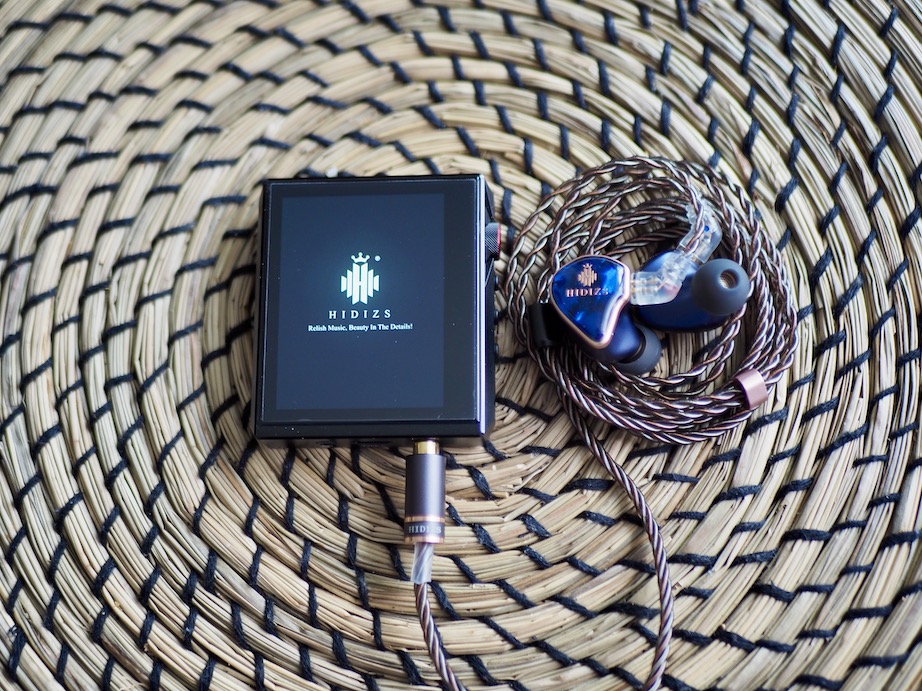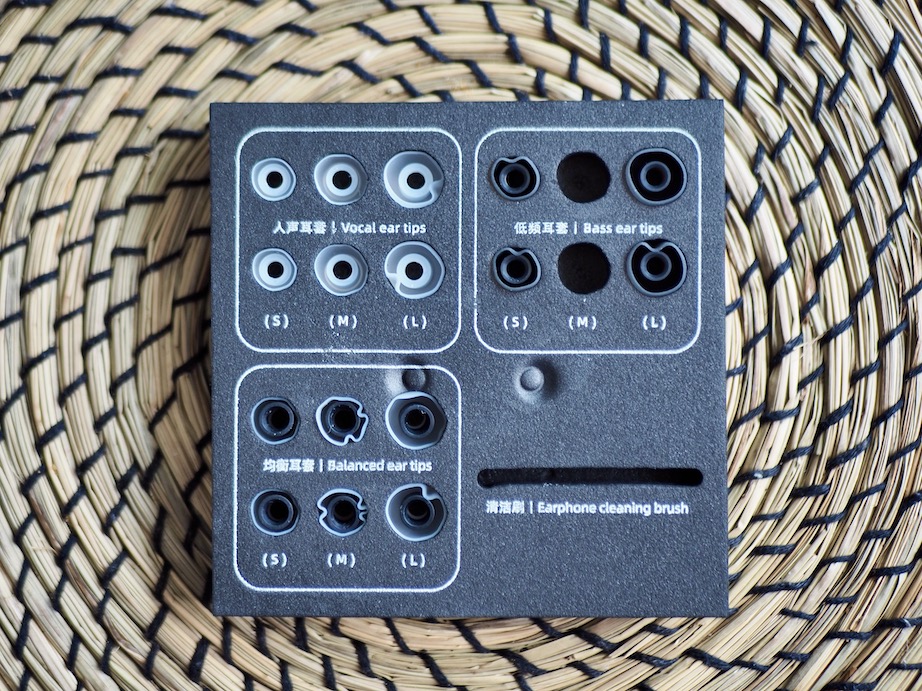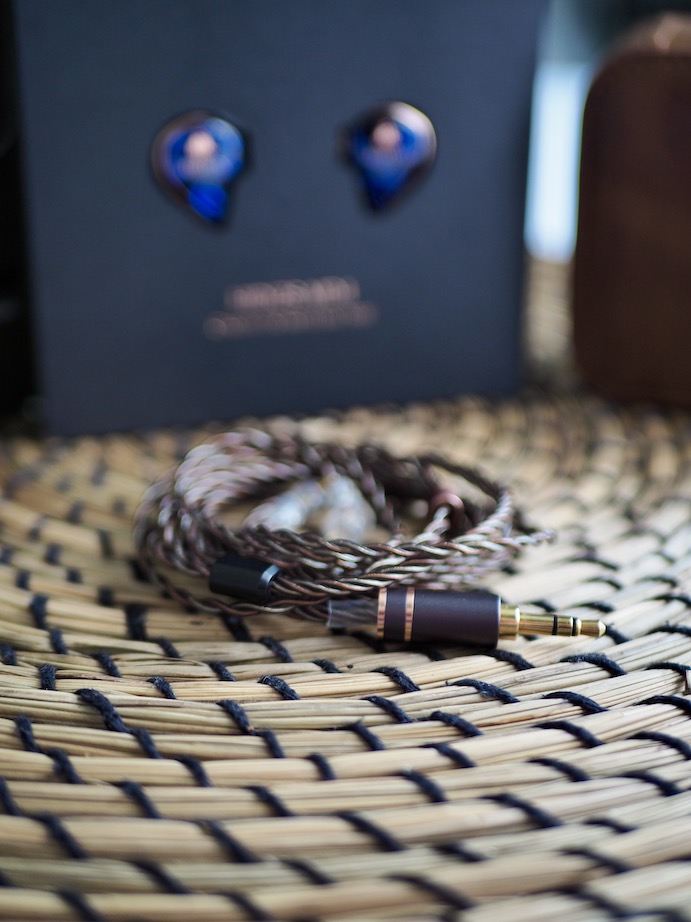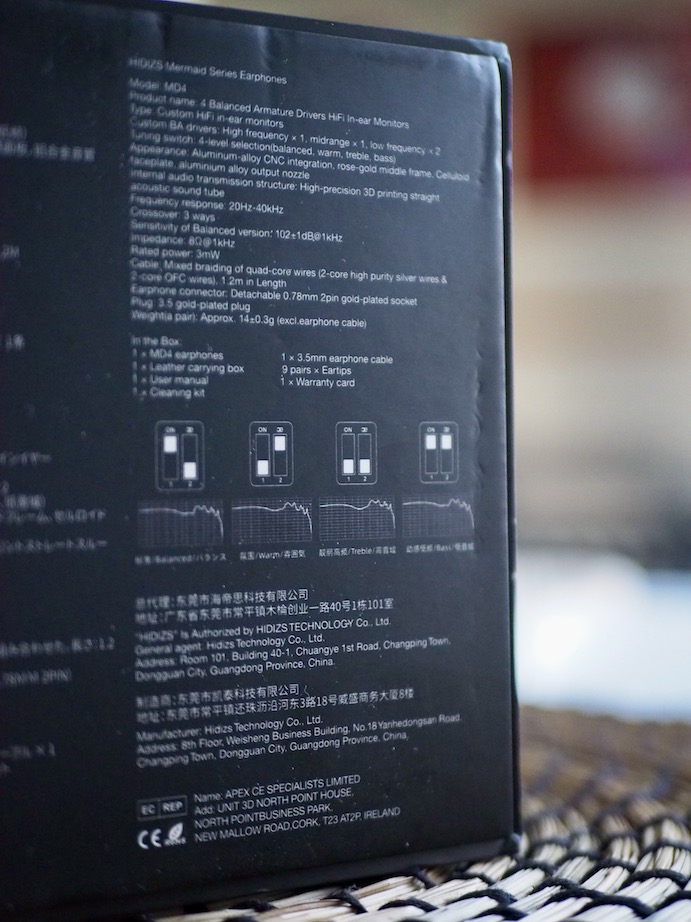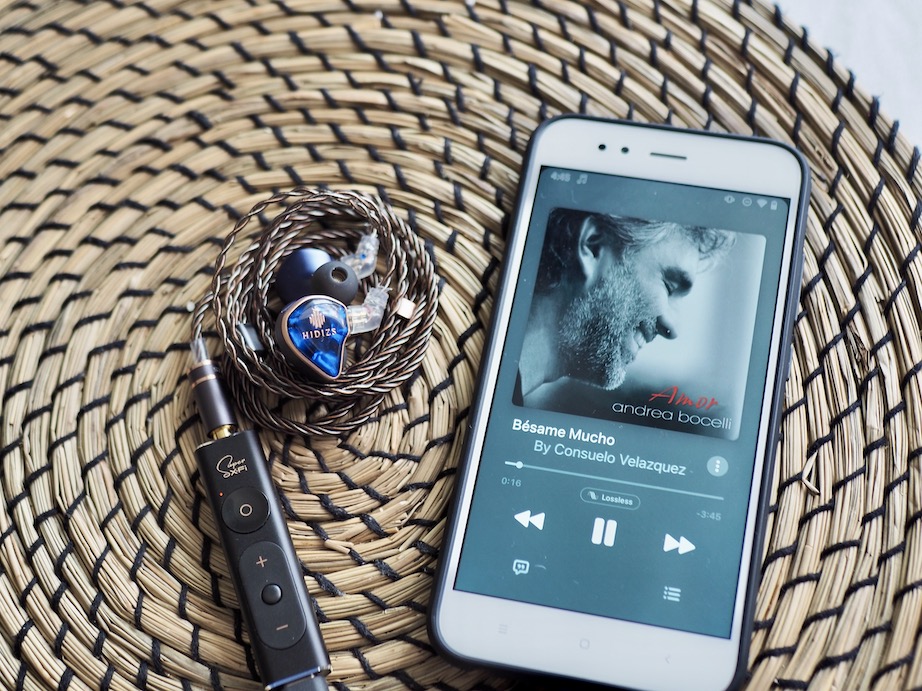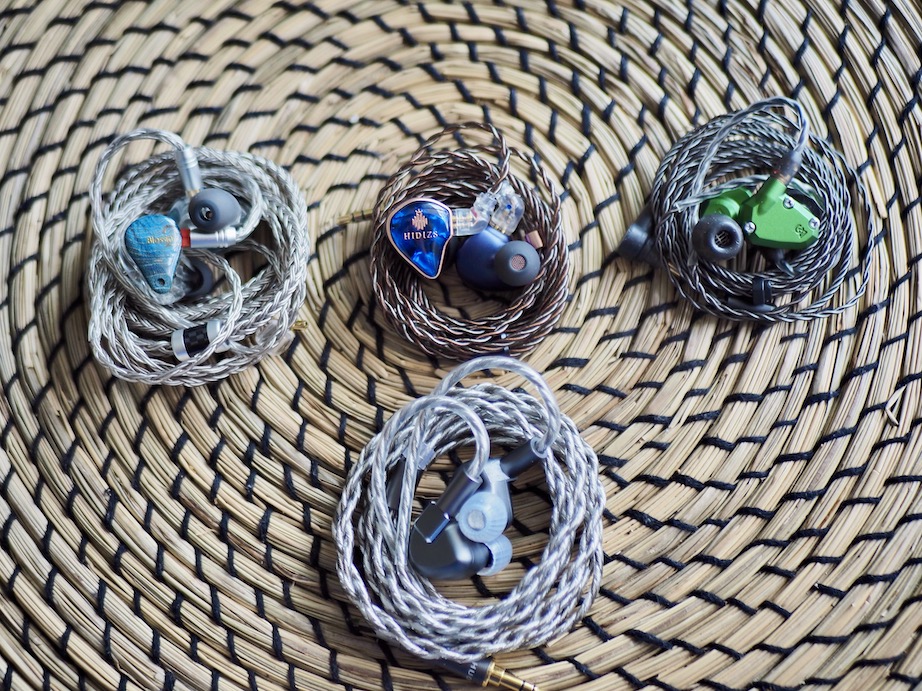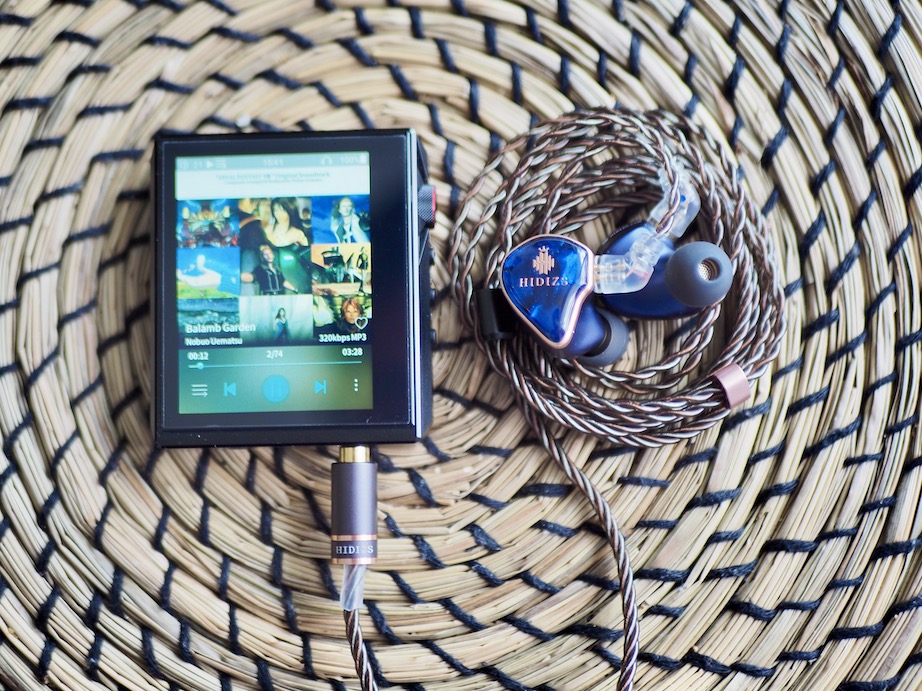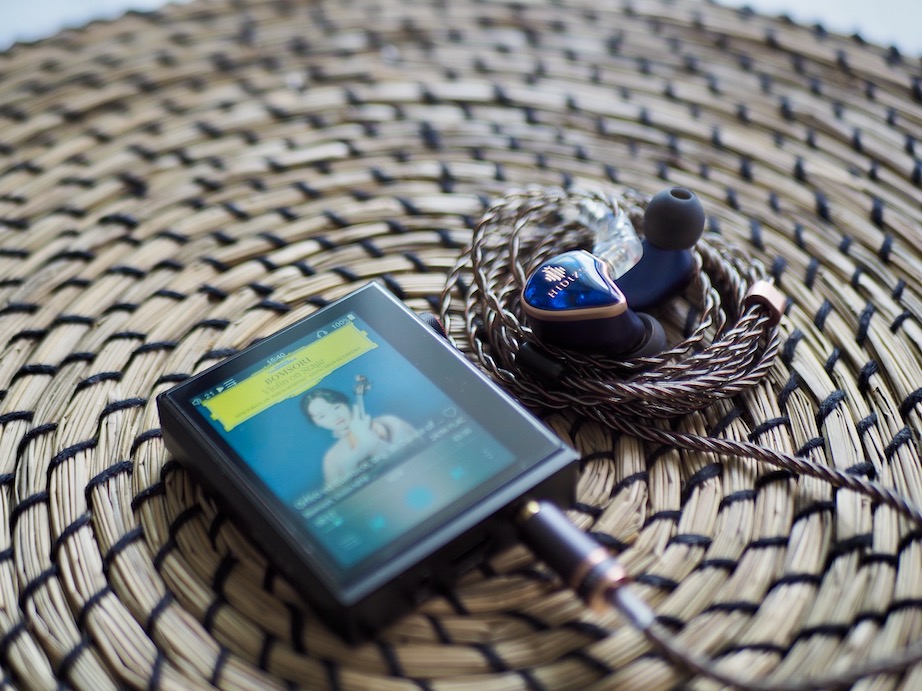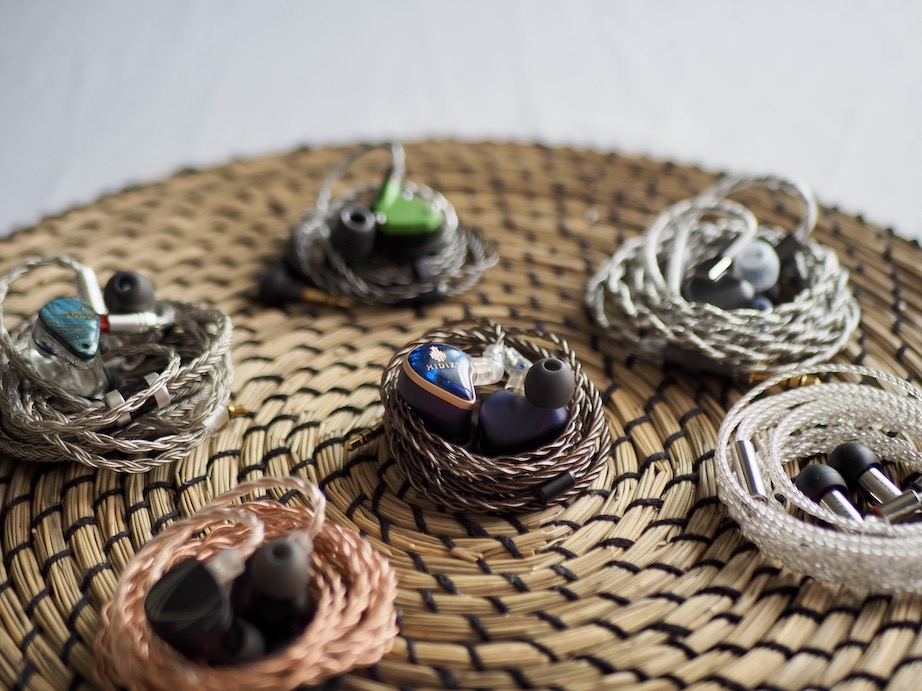Hidizs MD4 - Resolving and Immersive
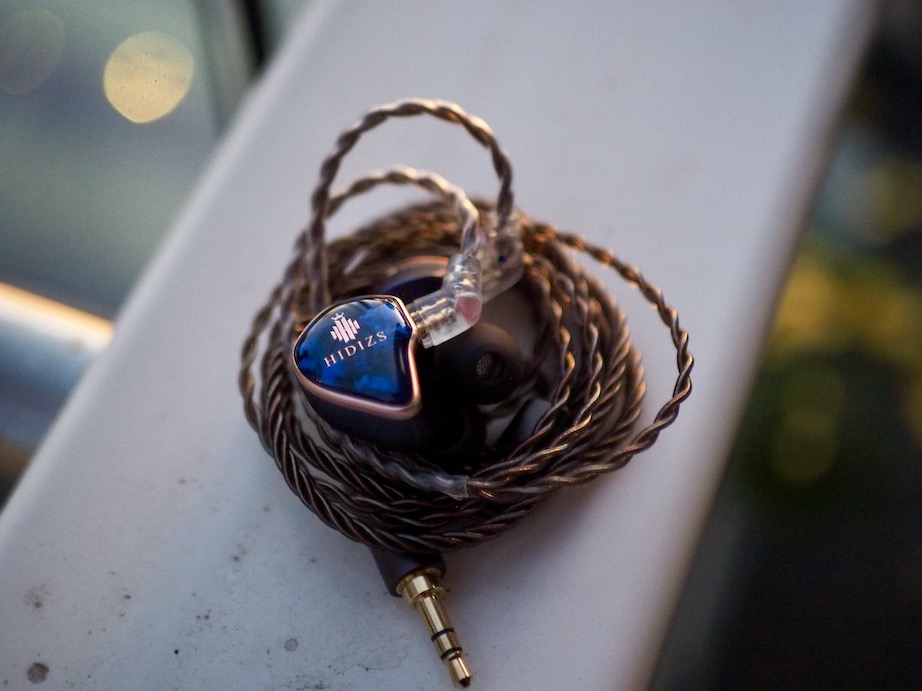
For some of us, it’s all about that bass. For others, it’s all about “timbre.” Personally, I look for the elusive “resolution” and “soundstage.” Whilst good tonality is getting cheaper with every new IEM, the same cannot be said about resolution and soundstage. Can Hidizs MD4 change that? Let’s find out.
Summary for casual listeners: MD4 is a customisable IEM that sounds relatively pleasant and natural. It is good at separating elements of a recording and placing them around an imaginary sound “stage” around your head. MD4 is well suited for recordings with a sense of space and a lot going on (e.g., orchestral music, soundtracks, and some forms of electronic music). It is not suitable for genres that require a lot of bass.
Forewords
- This review is based on a review sample sent by Hidizs (Thank you!). I treat review units as long-term loaned units, meaning I can use them, but they still belong to the manufacturers.
- I rate IEMs by A/B testing them against a few benchmark IEMs, regardless of price point. If a $1000 IEM scores the same as a $100 IEM, then either the more expensive one underperforms or the budget one is a gem.
- I believe that great IEMs are the ones that can achieve multiple difficult things simultaneously: (1) high resolution (meaning lines of music are crisp, clear, easy to follow and full of texture), (2) 3D soundstage with a strong sense of depth, (3) bold and natural bass with a physical rumble, (4) natural timbre, (5) relaxing and comfortable tonality. IEMs achieving those criteria are rated highly in my ranking list
- I use frequency response measurements to double-check my subjective impressions.
- Ranking list and measurement database can be found on my IEM review blog.
Non-sound Aspects
In the box:

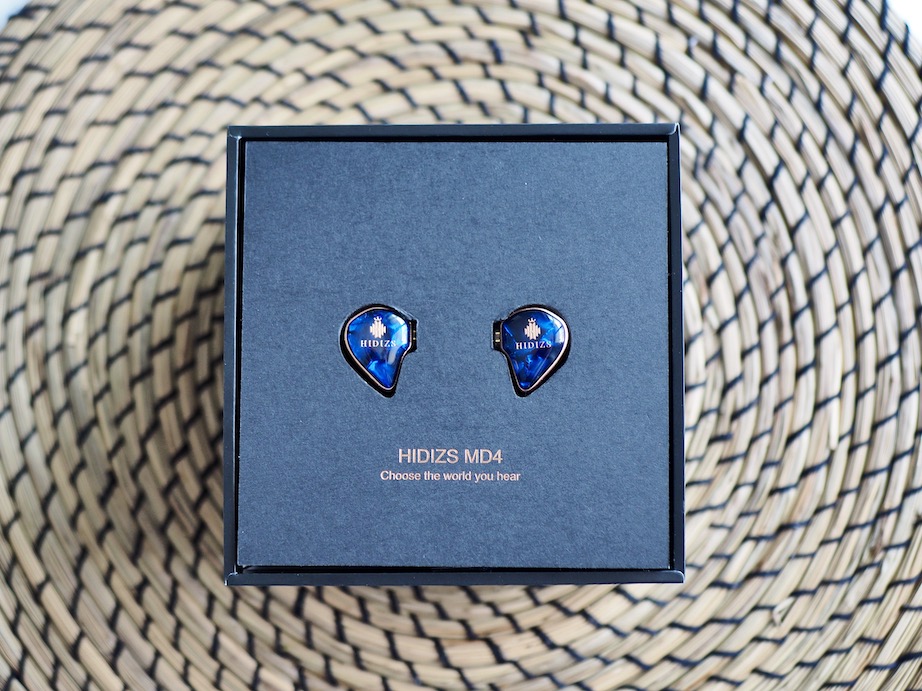
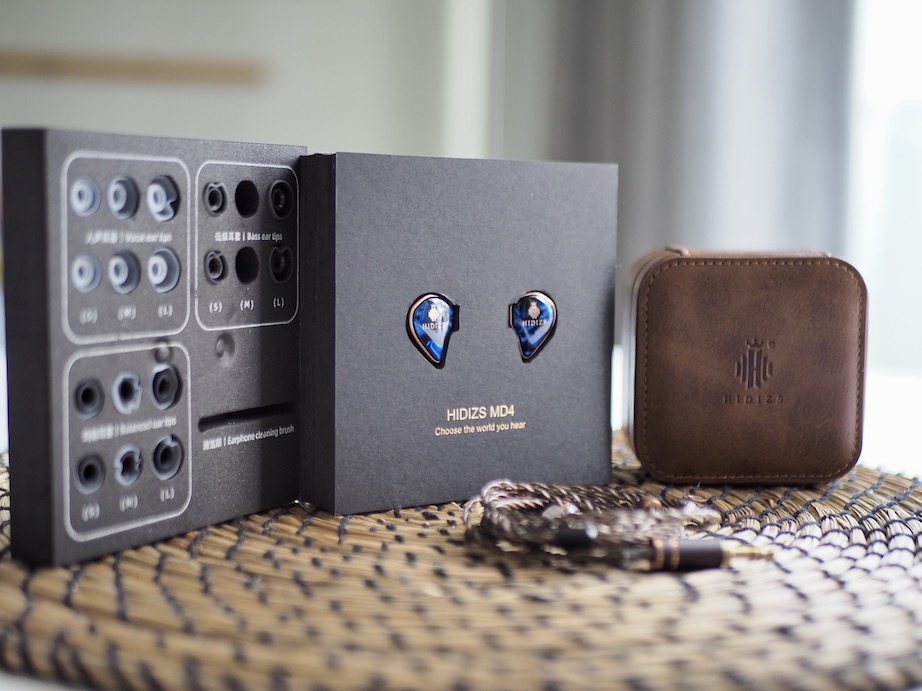
Earpieces:
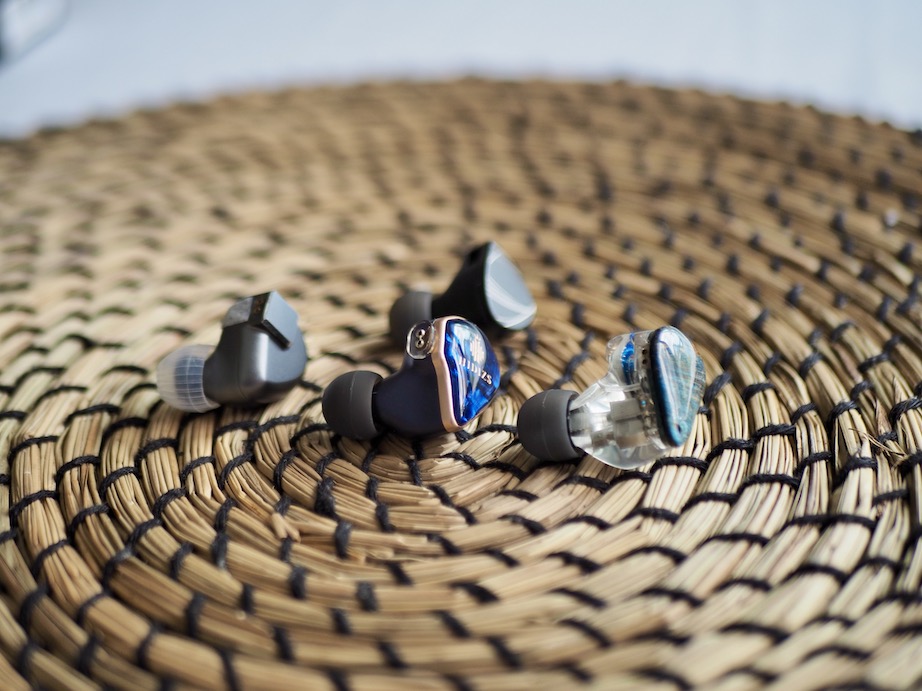
The size of MD4 is above average. However, the earpieces are not as large as I imagined when reading others’ reviews. The body of the ear pieces is noticeably thicker than Aria, roughly the same size as S12, and a bit smaller than Blessing 2.
The nozzles of MD4 are average in both diameter and length. They are not chunky like Blessing 2’s or short and stubby like S12’s. However, they are too large for deep fitting, so the earpieces do not fit snuggly against my conchas like a few other IEMs, such as Monarch Mk2 and Meze Advar.
MD4 earpieces are fully sealed, so you can have a vacuum-like feeling in your ears when putting the IEMs on. On the plus side, the noise isolation is above average, though far behind deep-fitting IEMs from Etymotic and Westone.
I find MD4 average in terms of comfort and usability. I primarily use these IEMs for commutes and daily walks as they are stable, effective in blocking noise, and easy to put on and remove.
Cable and connector:
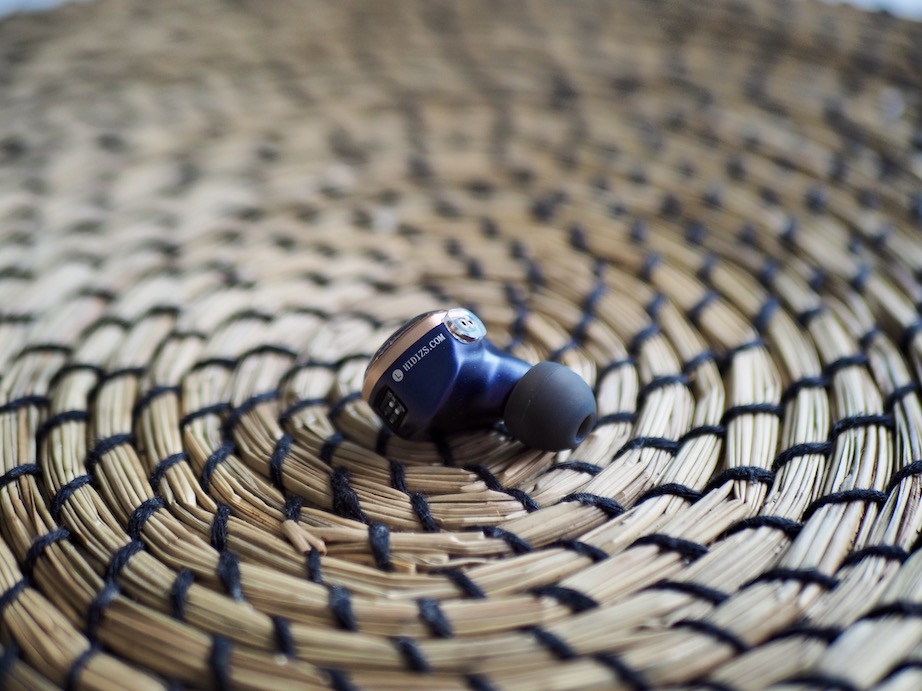
I can’t say I am a fan of either the connector or the cable. The 2-pin connectors used by MD4 are not recessed (best) or flushed against the shells (meh) but popped out from the shells similarly to 64 Audio universal IEMs. I’m not too fond of this design because it can place a lot of pressure on the metal pins. I fear I would snap off the pins and get them stuck in the connectors. Still, nothing has happened, and the connectors seem durable so far.
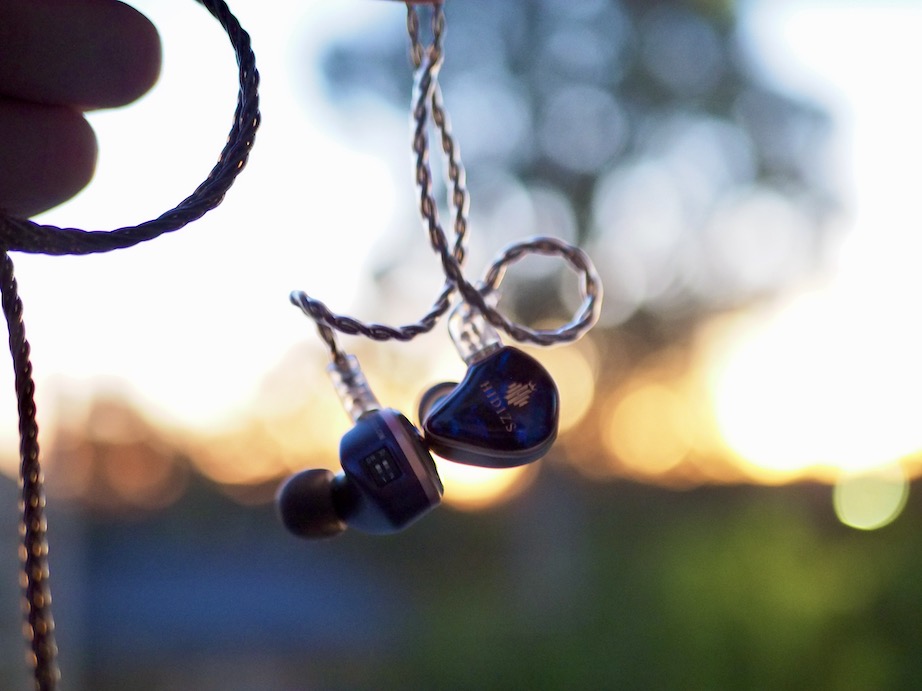
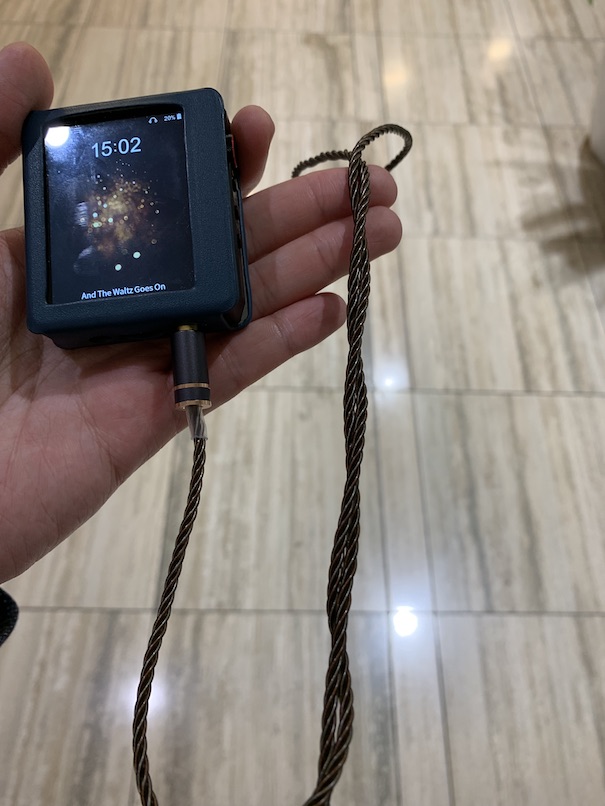
- The QDC-like connector at the 2-pin side. These angled 2-pin connectors are annoying with KZ/CCA IEMs, 64 Audio IEMs, and MD4.
- The pre-formed ear hooks have a very aggressive angle. They wrap tightly against your ears and curl around themselves when not being used (see the photo above).
- The braiding of the cable makes it curl around itself automatically (see the photo above). This braiding is also used with ALO (campfire audio) cables and a cable from Dunu. I’m not too fond of any of these cables due to how tangly and generally unpleasant they are to use.
In the end, I tamed the cable by removing the ear hooks and stretching and twisting the cable until it softened.
Tuning switches:
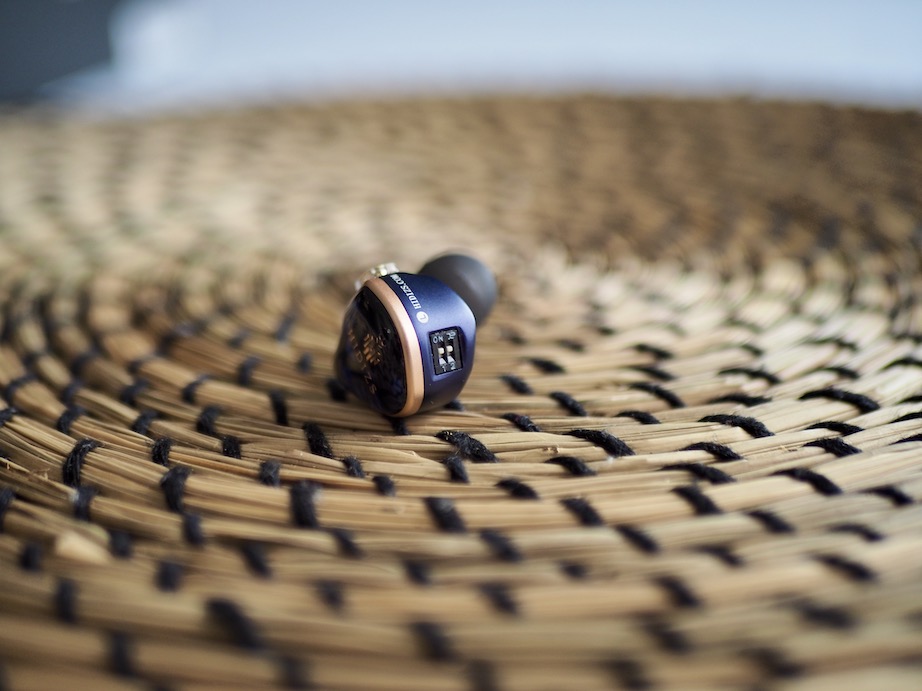
MD4 has two switches at the back. They are not simply “treble” and “bass” switches but have a noticeable effect across the entire frequency response of MD4. If you are curious, I have a detailed breakdown of what these switches do base on measurements at the end of this article.
For simplicity, I would use two numbers to denote a switch configuration in this article. For example, “11” means both switches are switched to ON.
How it sounds
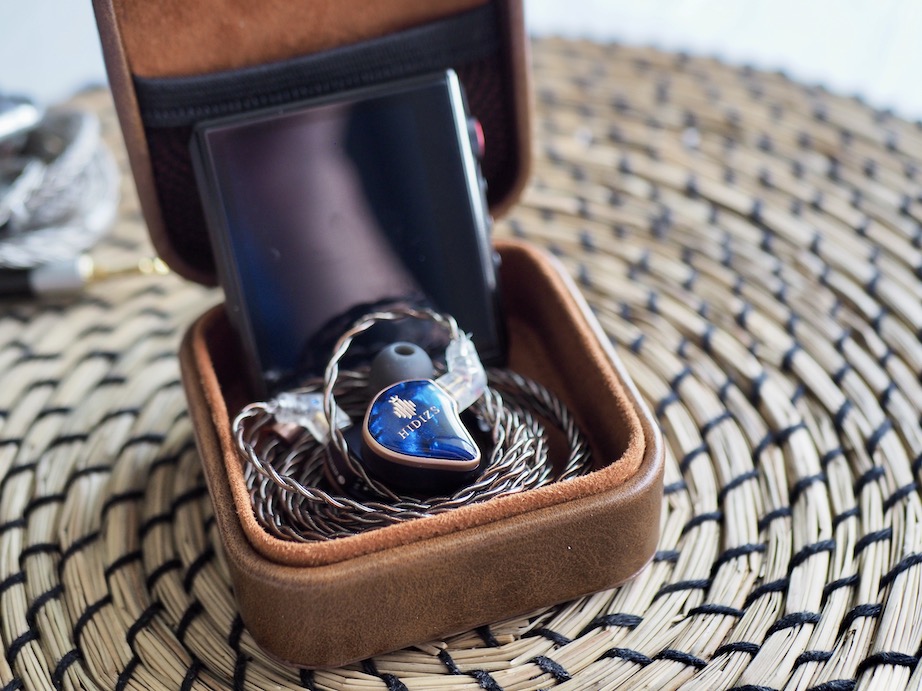
- (For A/B test) Android Phone / iPad Pro (Apple Music, Hiby App, YouTube) =(USB-C)=> Fiio KA3 =(3.5mm)=> Hidizs MD4
- Android Phone / iPad Pro (Apple Music, Hiby App, YouTube) =(USB-C)=> Hidizs S9 Pro =(3.5mm)=> Hidizs MD4
- Hidizs AP80 Pro-X =(3.5mm)=> Hidizs MD4
Local FLAC files ripped from CDs or bought from Qobuz, and Apple Music Lossless were used for most casual listening and A/B tests. My test tracks can be found on Apple Music here.
Tonality and Timbre: 3.5/5 - Above Average
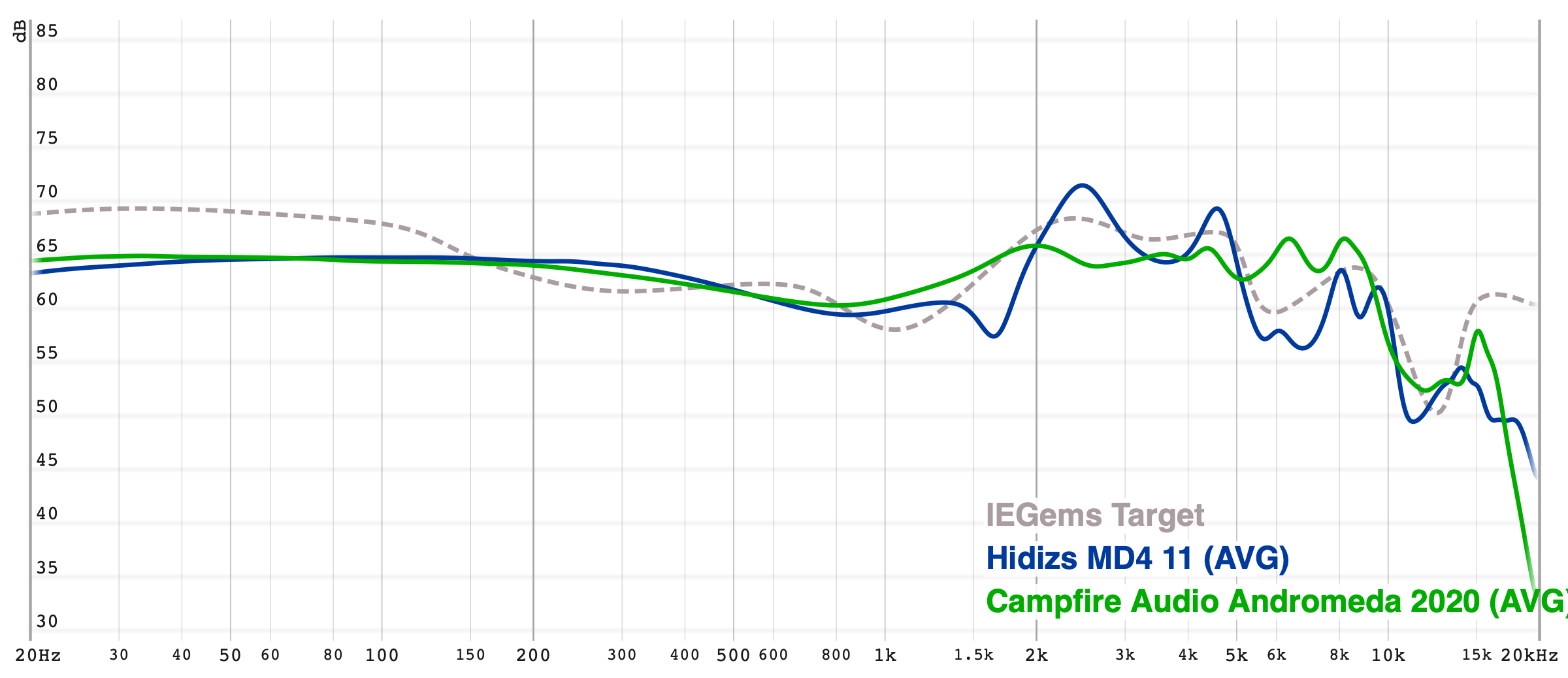 Frequency response of the “bass” configuration of MD4, which I used for all of this review. Measurements were done with an IEC-711-compliant coupler and might only be compared with other measurements from this same coupler. Visit my graph database for more comparisons.
Frequency response of the “bass” configuration of MD4, which I used for all of this review. Measurements were done with an IEC-711-compliant coupler and might only be compared with other measurements from this same coupler. Visit my graph database for more comparisons.
When I saw the graphs of Hidizs MD4 for the first time, I was immediately interested due to their noticeable dip around 1.5kHz. This kind of dip appears in 64 Audio Trio, one of the most spacious IEMs I have heard. However, this tuning trick is a double-edged sword that can make an IEM sound hollow and unnatural. How well does Hidizs execute this tuning?
Midrange: My first impression of MD4’s sound was not positive. In the default tuning (“balanced”), the IEM sounds unbearably stuffy and boxy. Vocal such as Ed Sheeran’s in Shiver sounds dull and muffled. Not warm, but muted.
The culprit was the excess energy in the lower Midrange (250Hz to 500Hz) that created a “veil” all over the music. The ear-gain region was barely enough to pierce through the “veil”. With some brain burn-in and suitable music, such as “Father and Son” by Cat Stevens, this sound signature might be desirable or even charming to some, but not for me.
Luckily, the tuning switches of MD4 bring about noticeable differences. The “treble” tuning (switch configuration 00) completely lifts the “veil” and extends the soundstage in all directions. In this configuration, the ear gain is pushed to around 13db above the lower Midrange, making it easy for midrange elements to cut through the mix. However, the strategic (accidental?) dip at 1.66kHz and 3.5kHz prevent MD4 from sounding in-your-face or piercing. Harsh recordings such as Shivers by Ed Sheeran are borderline shouty with MD4, similarly to Blessing 2 and other IEMs with Harman-inspired tuning.
If the “treble” tuning is too much, you can try the “warm” tuning (switch configuration 01), which flattens both the bass and treble by a couple dB. I find this sound signature closest to a “well-tuned” sound. However, the dip at 1.66kHz is not as pronounced, so the immersive soundstage imaging of MD4 is somewhat diminished.
My favourite tuning of MD4 is the “bass” tuning (switch configuration 11). It keeps the overall tonality of the “warm” tuning but brings the 1.66kHz dip back and reduces the ear gain just a touch more. The result is a pleasant, mostly natural, and spacious midrange. I say “mostly natural” because some vocals are still ever-so-slightly nasally.
Treble and air: Well done across all configurations. Sparkly and resolving, but not harsh or piercing. Cymbals and hi-hats cut through the mix but do not stab the ears. This effect might be due to the strategic dip around 6kHz.
The “air” frequencies of MD4 are competent but not outstanding. You can hear airy reverbs and decays around musical notes. However, the energy level in the air region does not reach the level of top performers, such as 64 Audio IEMs with TIA drivers.
Rating: Beside the boxy tuning of the default configuration, MD4 generally sounds natural and pleasant. The existence of the 1.66kHz, deliberately or not, adds a sense of spaciousness to the Midrange without making it hollow. However, I did need to jump through some hoops to reach that sound. Therefore, I knock half a point off the tonality of MD4, giving it 3.5/5 - Above Average.
Percussion Rendering: 3/5 - Adequate
Percussion rendering reflects how well the tuning and technical performance of an IEM work together to recreate realistic sound of a drum set. Good drum hits have a crisp attack (controlled by frequencies from 4kHz to 6kHz), full body (midbass frequencies around 200Hz), and physical sensation (sub-bass frequencies around 50Hz). Good technical performance (“fast” driver) ensures that bass notes can be loud yet detailed. IEMs that cannot control bass very well tend to reduce the bass’ loudness to prevent muddiness.
MD4 has the typical bass response of BA woofers and sounds quite similar to Campfire Audio Andromeda 2020. This bass response lifts the region below 1kHz by around 5dB rather than having a distinct bass shelf from 250Hz. It means that the bass of MD4 sounds like a large “boom” rather than a tight and deep “punch”.
Is this bass tuning wrong? Not really. Because bass notes tend to disappear faster with BA woofers, the bass response of MD4 still feels clean, snappy, and relatively impactful.
Let’s dig into some test tracks to see how MD4 compares against benchmarks:
Dragonborn: MD4 produces a bit of rumble at the beginning of this epic soundtrack. Throughout the piece, it manages to reveal the tempo and rhythm of the underlying bass line. However, the drums lack grip and texture. They sound “boom” or “poof” rather than “brrrm”. This lack of texture makes this soundtrack a bit mushy, as it has a lot going on in the bass region. It should be noted that my Moondrop Blessing 2 (3.5/5 - Above average) is no better in this regard. MD4 and Blessing 2 are easily outperformed by a fully-powered FF3 (4.5/5) or E5000 (5/5).
Despacito: The first bass notes at 0:10 are soft and smoothened on both MD4 and Blessing 2. However, MD4 lacks the large and sudden volume swing that Blessing 2 can create at the first bass drop at 1:05. Both MD4 and Blessing 2 lack the bass texture and top performers like FF3 and E5000.
Based on the above comparison, it is clear that MD4’s bass is adequate for casual listening. Drums are rendered with decent weight and body compared to ruler-flat IEMs like ER2SE (2/5 - Not good). However, the bass is inadequate for folks who are picky about bass performance or require a lot of bass in their music. Therefore, I rate MD4’s percussion rendering 3/5 - Average.
Resolution, Detail, Separation: 4.5/5 - Very Good

Resolution is a strength of MD4. Even with the less-than-stellar default tuning of MD4, I was still intrigued by how crisp and separated the IEMs render busy music. A/B tests against my benchmark IEMs further intensified rather than diminished my initial impressions.
Let’s dig into some test tracks and see how MD4’s resolution compares against Blessing 2 (4/5 - Good) and Andromeda 2020 (5/5 - Excellent):
G.O.A.T. by Polyphia: The difference in overall clarity and separation between MD4 and Blessing 2 is quite shocking in this track. MD4 sounds crisper, more precise, and more separated throughout the whole track. At the same time, Blessing 2 is splashy, blurry, and even congested when the music becomes busy. The contrast between closer and further away sounds is obvious with MD4 but ambiguous with Blessing 2.
Andromeda is still half-step ahead of MD4. “Effortlessness” is the key word here. Despite sporting a “thicker” tonality, Andromeda allows you to follow individual elements of the mix with little effort. In back-to-back A/B tests, MD4 feels a bit softer, less crisp, and less separated than Andromeda.
Summer by Janine Jansen and friends: MD4 again sounds noticeably crisper and more separated than Blessing 2. Even though Blessing 2 is no slough by itself, back-to-back A/B tests highlighted blurrier note attacks, more congestion, and surprisingly more grainy violin sound.
Again, Andromeda is still half-step ahead of MD4. Back-to-back A/B tests show that every instrument on MD4 has a little less detail and texture than Andromeda. The gap exists even when I boost the volume of MD4 to a loud level to take advantage of “louder is better”.
Synchro (Bom-ba-ye) The hand claps at the beginning is an excellent test for the micro-details, treble resolution, and “air” of an IEM. MD4 passes with flying colour, revealing more nuances in the claps and slight reverbs and decays at the end of the claps. Blessing 2 is splashier and not as crisp. Is the difference day and night? Not really. Because MD4 and Blessing 2 are resolving IEMs, distinguishing nuances like micro-details requires careful listening.
MD4 vs Andromeda is … interesting in this test track. The slight “air” and reverb in the clapping section are better (!) on MD4. Still, Andromeda separates the individual claps a bit clearer.
Based on the above comparisons, I rate MD4’s resolution 4.5/5 - Very Good. It soundly outperforms my Blessing 2 and just half-step behind my Andromeda.
Stereo Imaging (Soundstage): 4.5/5 - Very Good
Stereo imaging or “soundstage” is a psychoacoustic illusion that different recording elements appear at various locations inside and around your head. Your brain creates based on the cues such as the loudness and phase differences between the left and right channels. Most IEMs do not differ significantly, nor can they compete with headphones or loudspeakers. However, some IEMs offer a more spacious soundstage than others. Best IEMs can create multiple layers of sound from closer to further away and make some instruments float slight above your head.

The soundstage imaging capability of MD4 depends significantly on the tuning configuration. To my ears, the default “balanced” tuning creates a tunnel-like soundstage: narrow but deep. This kind of soundstage reminds me of Fiio FA7s, which I found “uncanny”. However, some folks find FA7s to have a massive soundstage, so the “balanced” tuning might work.
To get the most out of MD4, I recommend either “treble” or “bass” tuning. The “treble” tuning opens up the soundstage in all directions. The “bass” tuning - my favourite- shrinks the soundstage a touch compared to the “treble” tuning. However, it brings the 1.66kHz dip back, which works wonders in tricking my brain into thinking that sounds come from different distances or “layers” in the soundstage. I crave this “3D” effect.
Let’s dig into a test track:
G.O.A.T. by Polyphia: MD4 does this soundtrack justice. Sounds pop up from all directions in the 270-degree cone in front of me. Some effects even pop up from slightly behind my ears. The sense of contrast in terms of distance is immense: some sounds are right next to my ears, whilst some blips and blops fade away in the background as if they come from the room. Back-to-back A/B tests show that Blessing 2 is flat, congested, and lacks the sense of 3D that MD4 can create.
Can MD4 challenge Andromeda’s famous “holographic soundstage”? Nearly there. Both IEMs are neck-and-neck in terms of placing instruments on the stage with pinpoint accuracy, not just left to right but also closer to farther. However, I still think Andromeda is half a step ahead of MD4. The extra 8kHz energy of Andromeda helps with creating the illusion that cymbals and hi-hats come from above. Andromeda’s more modest ear gain also makes the illusion of depth a bit more intense and convincing.
Based on the comparison, I rate the stereo imaging of MD4 4.5/5 - Very Good. I want to emphasise that this score does not mean that MD4 has the largest soundstage (that honour goes to Sony IER-Z1R). What MD4 does in that soundstage is what makes it great: Sound is rarely congested but layered from closer to further away with a clear contrast between near and far.
Conclusion
What makes an IEM “good”?
For me, it’s all about resolution and soundstage imaging. Hidizs MD4 is unique because it achieves both at a modest price tag (in the “audiophile” world. It is still an expensive toy in the grand scheme of things). Sure, the bass performance takes a hit, and the tonality is not quite “audiophile-approved”. However, if you crave that resolving and “3D” sound, MD4 receives a recommendation from this reviewer.
Pros:
- Very good resolution
- Very good soundstage imaging
- Multiple tuning options to match your unique ears and library
Cons:
- The default tuning does not leave a good impression (to me)
- The Midrange is still slightly unnatural due to the 1.66kHz dip
- Barely adequate bass performance
Appendix: What exactly do tuning switches do?
The left switch controls the frequency from around 1kHz. Turning it on dips this region by approximately 2dB and introduces a significant drop at around 1.66kHz.
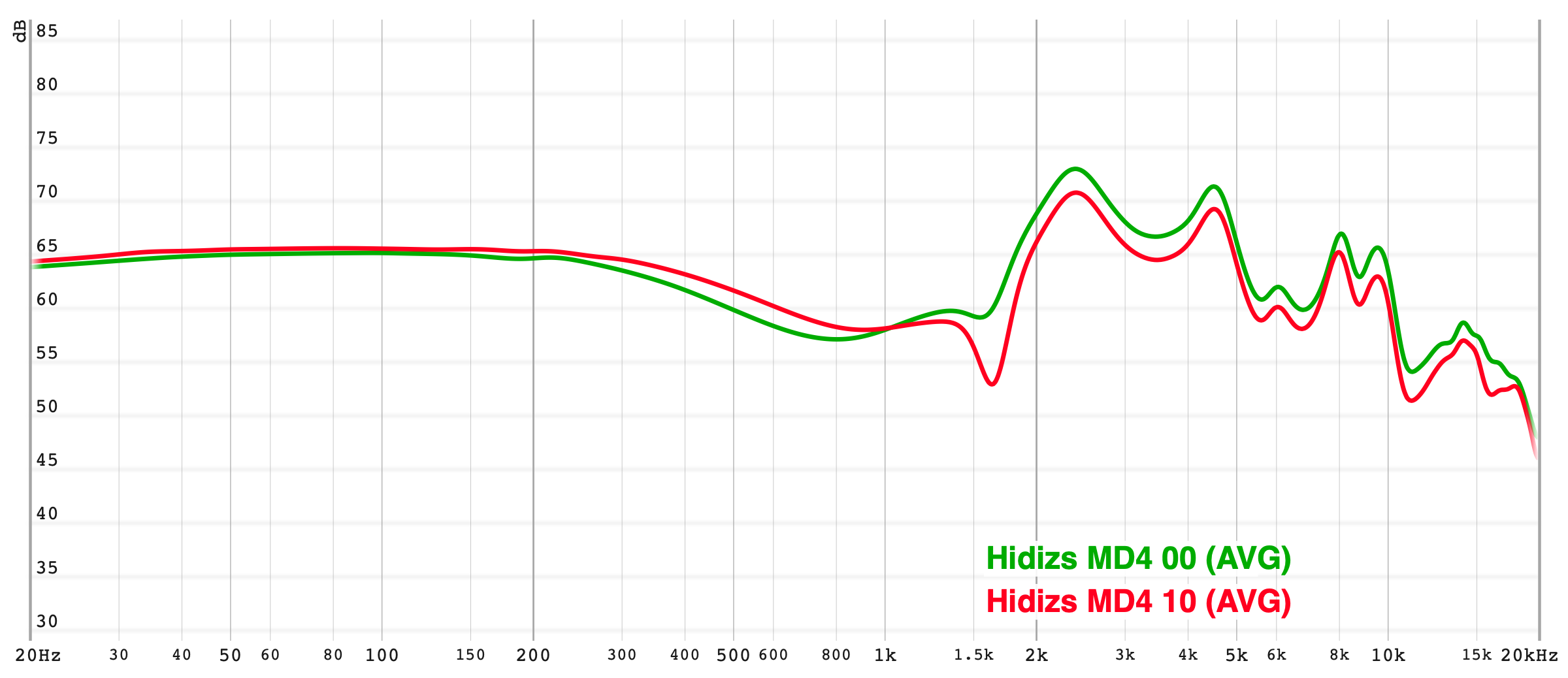
The right switch controls the whole frequency response. Turning it on flattens the curve below and above 1.66kHz, making the dip less noticeable.
